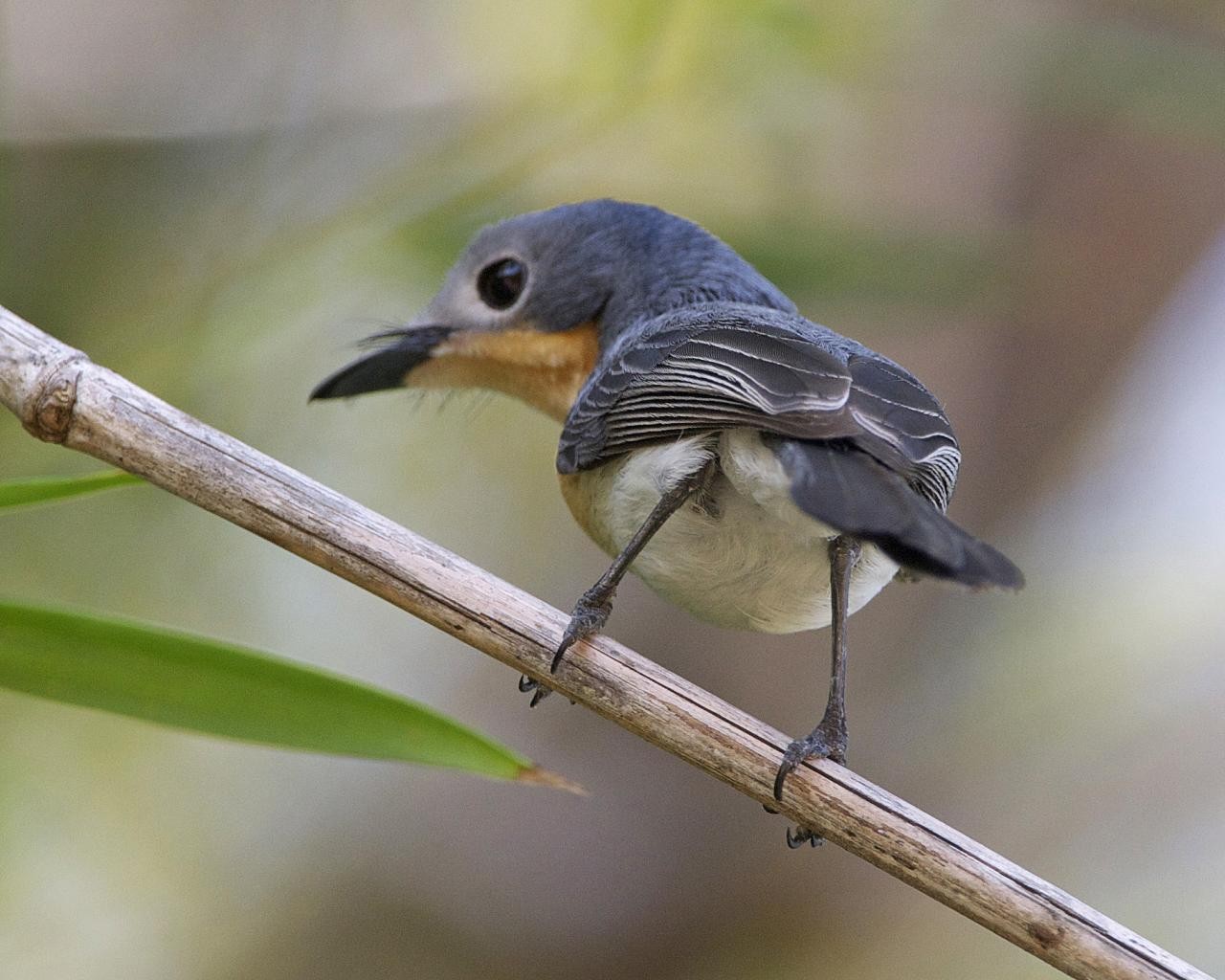Broad-billed Flycatcher
A species of Broad-billed Flycatchers and Allies Scientific name : Myiagra ruficollis Genus : Broad-billed Flycatchers and Allies
Broad-billed Flycatcher, A species of Broad-billed Flycatchers and Allies
Botanical name: Myiagra ruficollis
Genus: Broad-billed Flycatchers and Allies
Content
Description General Info
 Photo By Lip Kee , used under CC-BY-SA-2.0 /Cropped and compressed from original
Photo By Lip Kee , used under CC-BY-SA-2.0 /Cropped and compressed from original Description
In northern Australia, the broad-billed flycatcher is commonly found in moist forests and scrub surrounding permanent and seasonal fresh water areas such as billabongs and wet season marshes. Its size ranges from 14 to 17 cm. The bird feeds in the forest canopy on insects and small invertebrates. Unlike co-resident related species such as the paperbark flycatcher (M. nana) the broad-billed flycatcher is rarely seen hawking for insects in open areas outside the canopy. 
Size
16 cm
Nest Placement
Tree
Feeding Habits
Broad-billed Flycatcher primarily consumes arthropods like insects and spiders, including some mollusks. Preferring to forage alone or in pairs, occasionally joining mixed-species flocks, it hunts from ground level to canopy, mainly in dense cover, and exhibits tail quivering. Its unique foraging involves snatching prey or gleaning from vegetation surfaces, remaining within 2-3 meters of the ground, showcasing less fly-catching behavior than its relatives.
Habitat
The broad-billed Flycatcher predominantly inhabits mangrove ecosystems, ancient monsoon forests, paperbark swamps, dense coastal vine thickets, coastal lowland woodlands, and riparian woodlands along major tropical rivers. These environments are characterized by lush vegetation and high humidity, supporting the broad-billed Flycatcher's foraging and nesting preferences.
Dite type
Insectivorous
General Info
Feeding Habits
Bird food type
Species Status
Not globally threatened.